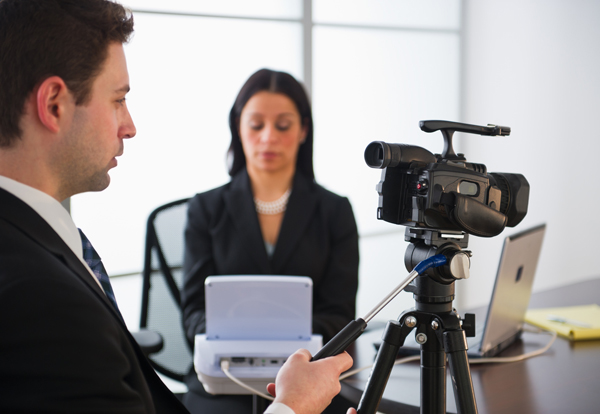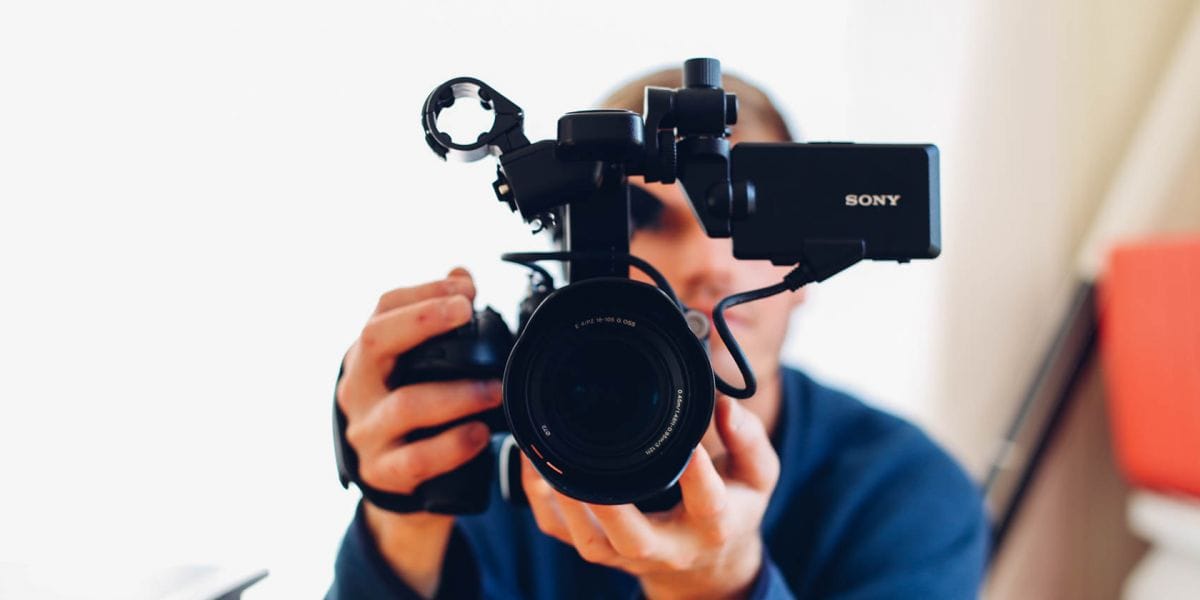Legal Videography: Enhancing Communication Between Lawyers and Clients
Legal Videography: Enhancing Communication Between Lawyers and Clients
Blog Article
Why Legal Videography Is Important for Accurate Court Recordings
The function of legal videography in court room settings can not be overstated, as it acts as an essential tool for maintaining the stability of court records. By capturing both spoken and non-verbal communication, it enhances the quality of witness statements and reflects the nuances of court room communications. This extensive documentation not just aids in reducing possible misunderstandings yet likewise supports appellate testimonials, consequently reinforcing the judicial procedure. The effects of integrating lawful videography right into common courtroom techniques raise crucial questions regarding its more comprehensive effect on the lawful system. What might these implications entail?
Relevance of Visual Evidence
In the realm of lawful proceedings, the significance of aesthetic proof can not be overemphasized. Aesthetic proof functions as a powerful device in developing truths, proving statements, and improving the general quality of a situation. This kind of proof, which consists of photos, video clips, and representations, can give a substantial context that spoken descriptions frequently lack, thereby providing courts and courts a more clear understanding of the circumstances bordering a situation.
In addition, visual evidence help in the retention of information. Human cognition is inherently aesthetic, and people are more likely to keep in mind and comprehend information presented in a visual style. In the court room, this can be crucial, as compelling visual proof can guide point of views and reinforce the narrative provided by lawful representatives.
Furthermore, using aesthetic proof can decrease misconceptions and ambiguities that often arise from spoken exchanges. By offering a straight representation of events, aesthetic evidence assists to eliminate subjective analyses and cultivates a more objective examination of the truths. The integration of visual proof into lawful proceedings not just strengthens the honesty of the judicial procedure but likewise enhances the chance of attaining a simply result.
Catching Non-Verbal Signs
Using innovative videography techniques can significantly enhance the capture of non-verbal hints throughout lawful proceedings. Non-verbal communication, consisting of faces, body movement, and eye contact, plays an essential function in conveying feelings and intents that might not be clearly mentioned in spoken statement. legal videography. Legal videography employs high-definition video cameras and calculated angles to guarantee that these refined hints are videotaped with clearness and precision
The capability to assess non-verbal actions can provide useful context to declarations made throughout court sessions. As an example, a witness's reluctance or self-confidence can be translated through their stance or gestures, potentially influencing the court's understanding of integrity. The use of close-up shots can help focus on an audio speaker's expressions, allowing for a more nuanced understanding of the testimony.
Moreover, incorporating several electronic camera angles can develop a comprehensive view of interactions, highlighting dynamics in between events involved. This multifaceted approach not only enhances the precision of the court document yet additionally help in maintaining the honesty of the judicial procedure - legal videography. Eventually, catching non-verbal hints with legal videography promotes a richer, more complete representation of court room process

Enhancing Testimony Integrity
The dependability of testimony can be dramatically boosted through the use of high-quality lawful videography. Video recordings function as an objective tool that captures not just the talked words of witnesses however also the subtleties of their delivery, consisting of tone, pacing, and psychological expressiveness. This diverse documents offers a more clear understanding of the witness's reputation and objectives, which can be pivotal in legal process.
Furthermore, lawful videography minimizes the capacity for misinterpretations that might arise from composed records alone. When jurors can observe a witness's behavior and body movement together with their statement, they are much better geared up to examine the credibility and dependability of the proof offered. This visual context can strengthen the testimonial story, making anchor it more compelling and credible.
Furthermore, the existence of a video clip recording can deter potential variances in testament. Witnesses might be much more careful in their declarations when they recognize they are being recorded, resulting in even more exact and genuine accounts. Overall, top quality legal videography improves the stability of statement, making sure that the court has accessibility to a full and truthful representation of the facts as conveyed by the witnesses.
Supporting Appeals and Reviews
Legal videography plays a vital duty in sustaining allures and testimonials by giving a thorough aesthetic document of court room process. This aesthetic documents catches not just the talked words of witnesses and lawyers yet additionally the subtleties of body movement, tone of voice, and court dynamics. Such elements can be pivotal in understanding the context of testaments and debates offered.
In the appellate procedure, where the focus is on errors of regulation and step-by-step fairness, a video record can act as a crucial device for appellate courts. It allows courts to blog here review the initial test context, making sure that decisions are based upon a full understanding of the procedures. The ability to aesthetically examine the behavior of witnesses or the interactions in between celebrations can reveal understandings that composed records might neglect.

Additionally, lawful videography can aid in making clear obscurities in testaments or procedural rulings, therefore reinforcing the basis for an allure. By supplying a trusted, unbiased account of what transpired in court, lawful videography not only sustains the honesty of the legal procedure but also encourages all parties included to make enlightened choices regarding their instances.
Enhancing Court Procedures
Enhancing court performance, legal videography simplifies procedures by offering prompt access to visual documents of proceedings. This modern technology enables courts, attorneys, and juries to take another look at crucial statement and evidence, ensuring that all events have a clear understanding of the instance. By capturing the nuances of spoken and non-verbal communication, videography enhances the record, making it easier to comprehend the context and weight of testaments.

Additionally, video clip recordings can assist in remote involvement in hearings, permitting higher versatility in scheduling and participation, which is particularly valuable in complex instances entailing numerous stakeholders.
Final Thought
In final thought, lawful videography plays a vital function in making sure precise court recordings by offering necessary aesthetic evidence that captures both verbal and non-verbal communication. This technique enhances the integrity of testaments, sustains appellate testimonials, and simplifies court room procedures. By promoting a thorough understanding additional hints of courtroom characteristics, lawful videography ultimately adds to much more equitable judicial outcomes, reinforcing the integrity of the lawful system and assisting in notified decision-making.
Report this page